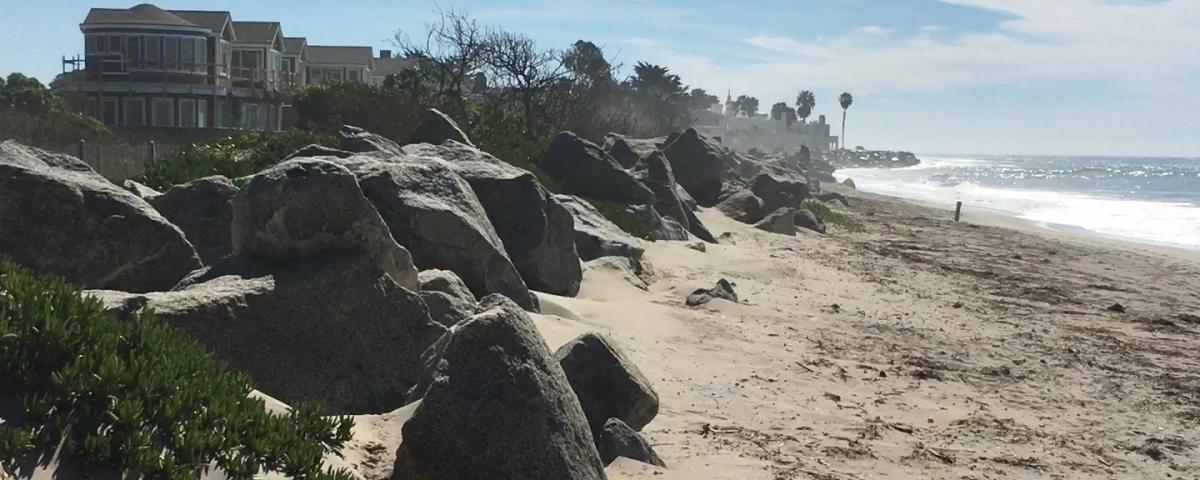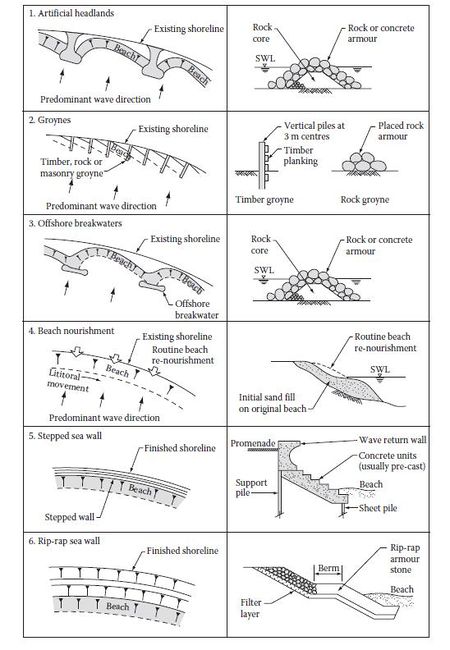The Only Guide for Shore Protect Team
The 4-Minute Rule for Shore Protect Team
Table of ContentsHow Shore Protect Team can Save You Time, Stress, and Money.The Ultimate Guide To Shore Protect TeamGetting My Shore Protect Team To WorkLittle Known Facts About Shore Protect Team.Shore Protect Team for DummiesThe Best Strategy To Use For Shore Protect TeamShore Protect Team Things To Know Before You Buy
Decline in residential property worth: As the area tourism is influenced by disintegration, so after that is the economic situation. Buyers are much less likely to look for a beach residence that can be ruined anytime by the upcoming flooding and erosion emergency situation. In turn, residential property value can go down exceptionally and influence the whole area.Whether a beach is just tiny and congested or needs to close completely for the safety of the ecological community and close-by residential or commercial properties, this significantly influences tourist. In turn, neighborhood economic situations are affected (https://www.blurb.com/user/shrprtcttm?profile_preview=true). Threat of injury: The enhanced risk of flooding and architectural failures creates an enhanced threat of injury to nearby travelers and community members

Shoreline stabilization is directly related to their task. Waterside hotels: Due to the fact that coastline erosion effects tourist, it impacts the success of beachfront hotels.
Shore Protect Team Fundamentals Explained
Coastal business businesses: No visitors suggests no organization. Coastal state parks: State parks that exist along coasts are at danger of damages.
Difficult stabilization makes use of manufactured structures as security to control disintegration. A lot of types of difficult stabilization like seawalls and sheet metal are not optimal for coastline stabilization.
The Ultimate Guide To Shore Protect Team
There's also not nearly enough proof of their effectiveness depending upon the sort of coastline and regional conditions. Difficult stabilization techniques tend to be more hard to install and do not match the natural aesthetic, protruding like an aching thumb and hurting neighborhood communities in many scenarios. Beach sustenance is the process of including lost sand and sediment back to coastlines after disintegration has actually taken place.
TrapBags aid in the procedure of coastline nutrients by securing natural ecosystems and permitting plants to grow. While this procedure can be costly and is not irreversible, the pros have a tendency to exceed the cons. TrapBag barriers offer numerous residential or commercial properties that make them perfect for seaside and shore erosion protection. They're: Ecologically friendly: You can use native dirt both to border and to fill the TrapBags.

Shore Protect Team Can Be Fun For Everyone
Easy to mount: Alleviate of installation means TrapBags can be released quickly in case of an emergency. They can likewise be installed with no heavy machinery. Economical: TrapBags are ideal for both small and huge locations of shoreline. They give an inexpensive remedy to cover tasks of any type of size.
Integrated with a high building price, this has resulted in boosting usage of various other soft engineering coastal management choices such as beach replenishment. Seawalls are created from different materials, most frequently strengthened concrete, boulders, steel, or gabions. Various other feasible construction materials include vinyl, timber, aluminum, fiberglass composite, and naturally degradable sandbags made of hemp and coir. The proper seawall design depends on location-specific elements, consisting of bordering erosion processes. There are three main types of seawalls: upright, rounded, tipped, and piles (see table below).
Natural obstacles, such as reef and mangrove forests, protect against the spread of tsunamis and the circulation of seaside waters and mitigated the flooding and rise of water. A cost-benefit approach is a reliable means to establish whether a seawall is proper and whether the advantages are worth the cost.
How Shore Protect Team can Save You Time, Stress, and Money.
A seawall is a static feature which can clash with the dynamic nature of the coastline and impede the exchange of debris in between land and sea. The table listed below summarizes some positive and adverse effects of seawalls which can be made use of when comparing their effectiveness with various other seaside monitoring choices, such as beach sustenance. [] Advantages and negative aspects of seawalls according to Short (1999) Benefits Downsides Long term service in contrast to soft beach nourishment.

This can create beaches to dissipate, making them pointless for beach goers. Typically, seawalls can be a successful method to regulate coastal disintegration, however just if they are created well and out of materials that can hold up against the force of recurring wave power. Some understanding is needed of the seaside processes and morphodynamics certain to the seawall place.
9 Easy Facts About Shore Protect Team Described
The appropriate seawall layout relies upon location-specific aspects, consisting of surrounding disintegration processes. There are 3 main types of seawalls: upright, curved, tipped, and mounds (see table below). A record released by the United Nations Atmosphere Program (UNEP) recommends that the tsunami of 26 December 2004 created less damage in the areas where all-natural barriers existed, such as mangroves, coral reefs or coastal plant life.
Natural obstacles, such as coral reefs and mangrove woodlands, prevent the spread of tsunamis and the circulation of seaside waters and minimized the flooding and rise of water. A cost-benefit approach is a reliable way to establish whether a seawall is appropriate and whether the advantages deserve the expenditure.
About Shore Protect Team
A seawall is a static attribute which can clash with the vibrant nature of the shore and hamper the exchange of sediment between land and sea. Advantages and downsides of seawalls according to Short (1999) Advantages Disadvantages Lengthy term remedy in contrast to soft beach nourishment.

This can create beaches to dissipate, making them worthless for coastline goers. Normally, seawalls can be a successful means to control coastal erosion, but only if they are created well and out of materials that can endure the force of recurring wave energy. Some understanding is needed of the seaside processes and morphodynamics certain to the seawall location.